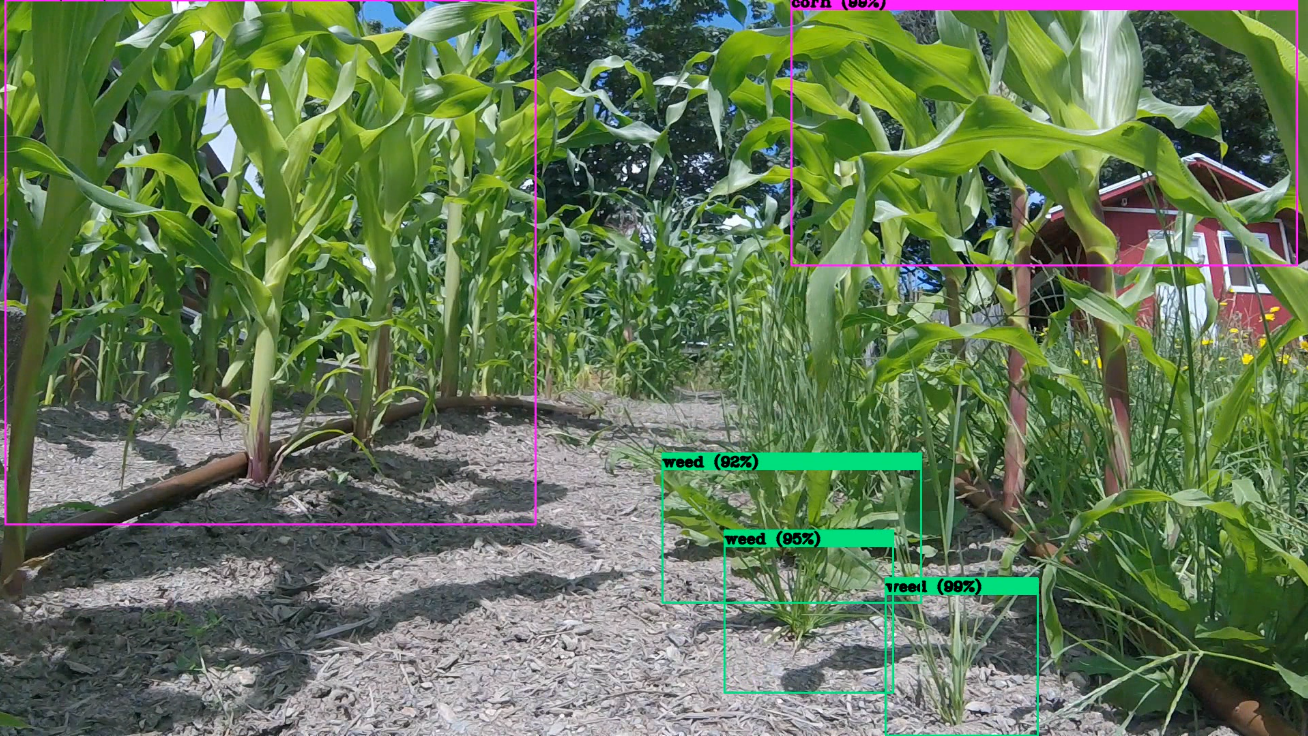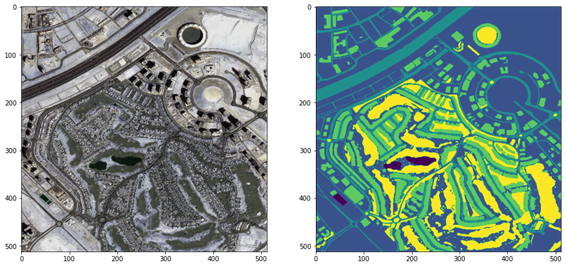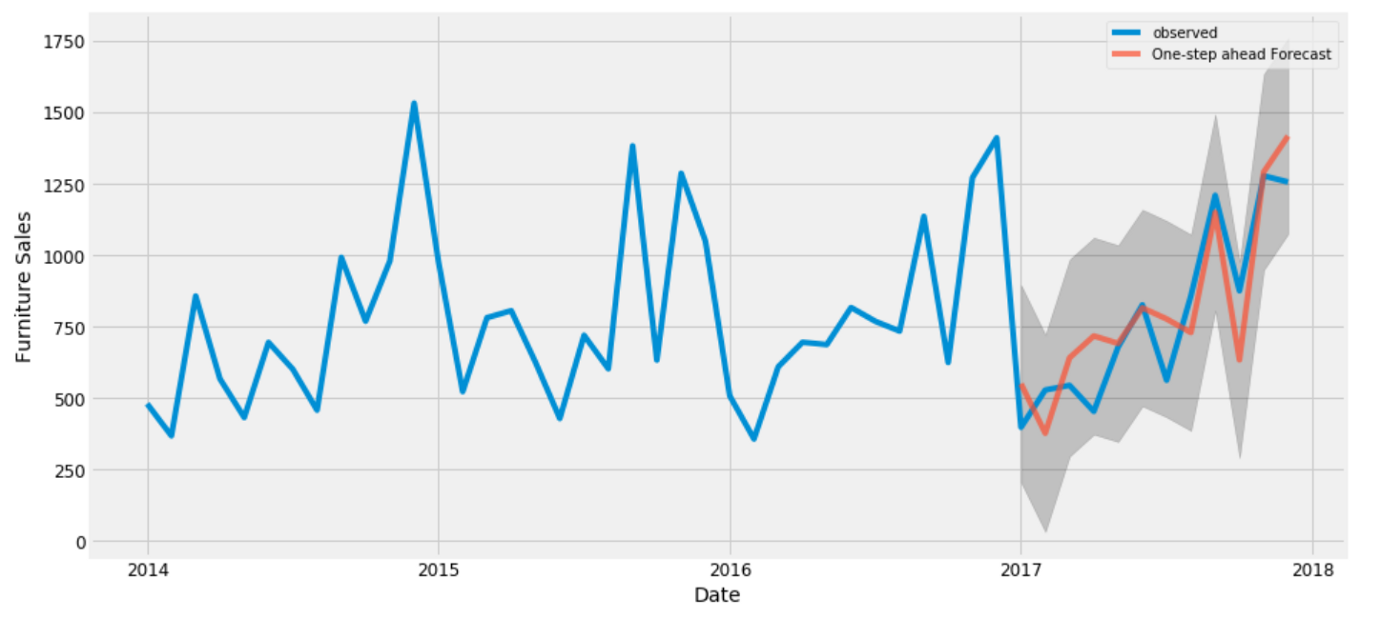Artificial Intelligence
BACKGROUND
Artificial Intelligence is a discipline based on the construction of computational artefacts that learn from experience through data use and is applied to a variety of problems: structured information in tables, time series prediction, computer vision, natural language processing, recommendation systems and cluster analysis.
Broadly speaking, it aims to provide a solution to the following needs: automating a procedure performed by a human, performing a task more accurately than a human, replacing a computationally expensive process, and extracting knowledge from data.
A key point is that learning takes place thanks to the use of data; therefore, this data becomes a crucial and essential part of any project. Consequently, various sub-fields are usually identified within Artificial Intelligence in terms of the type of data that is used.
First, and possibly the most common in the industry, we have tabular data. As indicated by its name, it is supported on data that is structured in table form, where the main objective is to predict the value of a column based on the values of the other columns. Some examples of use cases would be predicting the quality of air, risk assessment or fraud detection.
Within tabular data we can differentiate another subset: time series. A time series is nothing more than a data sequence that has been collected over time. Therefore, the aim in these types of problems is usually to predict the value of a variable in the future. Some specific examples of its use can be predicting traffic, loss of customers or predicting the demand for certain products.
Currently, the tip of the spear of Deep Learning is artificial vision, a branch that is responsible for teaching computers to "see" and understand the contents of digital images. This is why it includes all those tasks that are based on data in image format and which aim is to predict different variables related with the image, like the detection of objects. There are many use cases of artificial vision based on Deep Learning, but some are worth noting such as the detection of radiological anomalies, facial recognition systems or the interpretation of images from satellites and drones.
If there is another field of Artificial Intelligence that has benefited from the emergence of Deep Learning like artificial vision has, it is Natural Language Processing (NLP), which deals with the interaction between humans and computers through the use of natural languages. Some of the most widely used NLP applications in Artificial Intelligence are those involving texts, such as text generation, the analysis of feelings or the popular chatbots.
Another field that is widely used by some companies is that of recommendation systems based on Artificial Intelligence. Examples of this would be multimedia content platforms or e-commerce portals, whose primary purpose would be that the suggestions they make to their customers, match each user profile as much as possible. In general, the use of recommendation systems can be extended to all those systems that require tips for providing a personalised service to its users, such as designing a personalised lesson.
Lastly, due to its impact on different businesses, cluster analysis is worth mentioning. Broadly speaking, the aim of cluster analysis is to acquire knowledge about data through the identification of groups or patterns. Among its applications, one could note the segmentation of customers with the aim of carrying out adapted campaigns, analysis of biological data or the extraction of topics in sets of documents.
RESULTS
At SOLUTE the customer is provided with a 360º solution using Artificial Intelligence that meets its forecasting needs in a wide variety of fields such as weather, agriculture or medicine.
EXPERIENCE
Since 2012, SOLUTE has acquired extensive experience developing projects that use Artificial Intelligence to solve different types of problems though a team of data scientists, who are apprised of the latest advancement in this field. They have collaborated with different universities and technological centres, whose lines of research are at the cutting edge of this discipline.
Within SOLUTE's brand of weather forecasting services (APHELION), it is complex Deep Learning models that allow offering customers an accurate forecast of a wind park's energy production.
On the other hand, in collaboration with the University of Salamanca, SOLUTE has actively participated in the EOLIAN project, where a predictive maintenance system has been created that is capable of detecting the anomalous operation of a wind turbine and anticipate a failure of its components. This facilitates the repair of these wind turbines before breakdowns occur, which translates to important savings in terms of costs and time.
Lastly, in the VIRTUAL AERO project, we have worked jointly with the Air Institute in creating a missions recommendation system for training wind turbine operators in a virtual 3D environment.
The correct design of the data collection campaign is vital, as the AI system performance will be subject to the quality of these data.
METHODOLOGY
Based on the customer's needs, the problem that wants to be solved is specifically and accurately formulated. This allows properly evaluating if it makes sense and is viable to address it using Artificial Intelligence.
If the answer is yes, and the necessary data is not yet available, a collection campaign must then be carried out. A proper design of this campaign is essential, since system performance is dependent on the quality of the data that is collected. Once the data has been collected, it is processed, labelled, versioned and saved in the servers.
Then, a first exploratory data analysis (EDA) is carried out and different aspects are studied with the aim of gaining a better understanding by, among other actions, drawing the distribution of the variables or the analysis of its correlation. With the help of EDA, the type of validation of the models that is going to be carried out is also structured.
Subsequently, an iterative loop process takes place: training of the model, evaluation of its performance, analysis of the results and another data exploration in search of new clues that give rise to the designing of better models. This is an improvement procedure that ends once it is considered that the accuracy of the system is good enough.
Once the proper performance is achieved, it is deployed, it is placed in production and the model is monitored, also including all those MLOPs actions that guarantee the generated system is efficient, maintainable, robust and scalable.
Finally, the model must be periodically retrained as new data becomes available.
Others
Hydraulics: turbomachines
Turbomachinery is present in many engineering sectors, including electrical power generation, using gas or wind turbines, propulsion in air vehicles or different industrial processes with turbo-compressors and/or hydraulic pumps.
VR
Digital Twins
Virtual replicas of a specific model that reflect their asset with a high degree of accuracy and incorporate data in real time, collected through sensors, to evaluate the performance and implement improvements that can be transferred to the original physical asset they represent.


